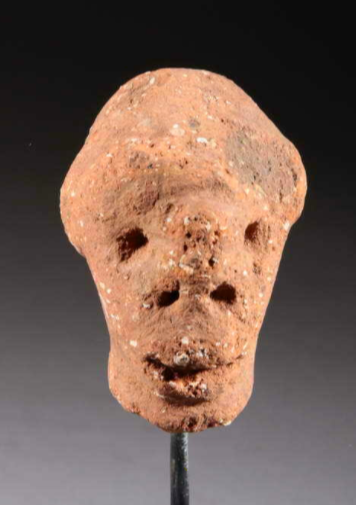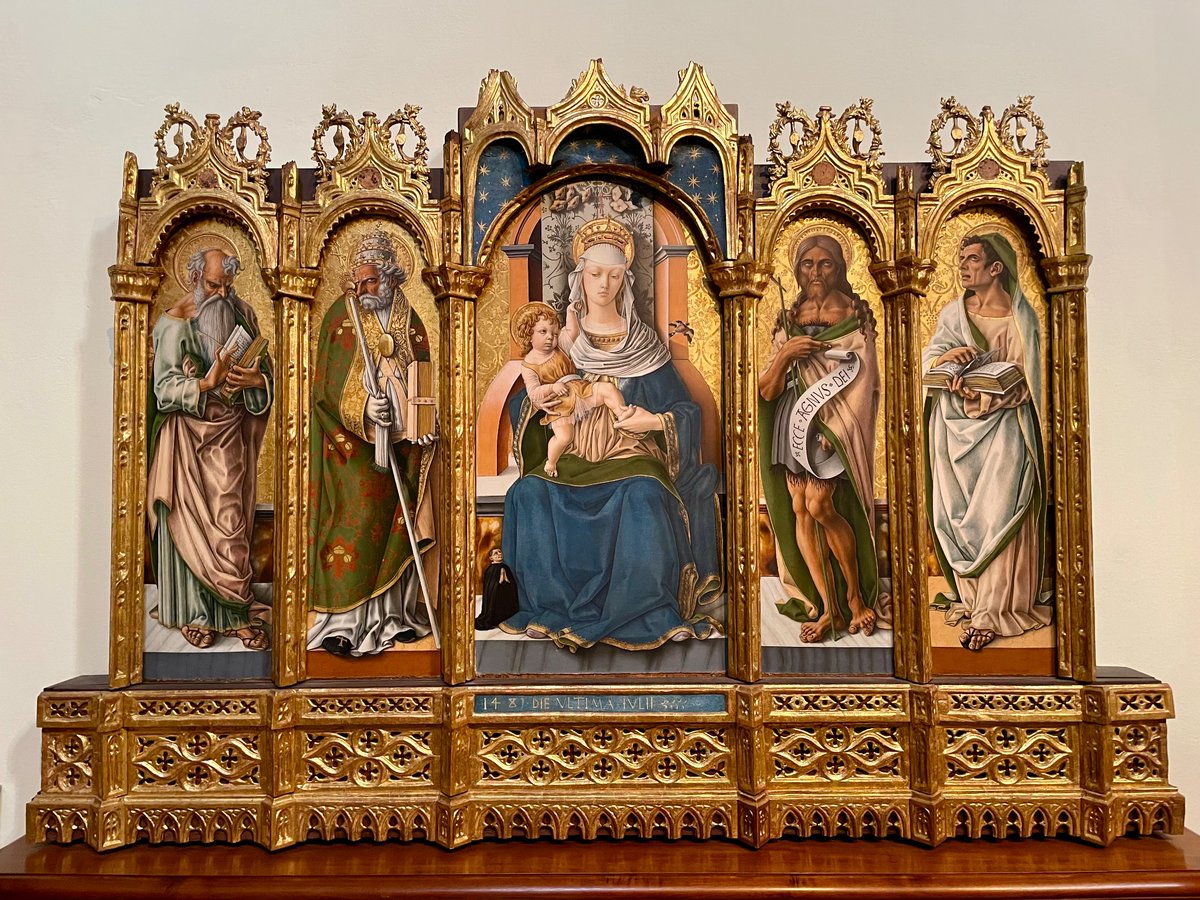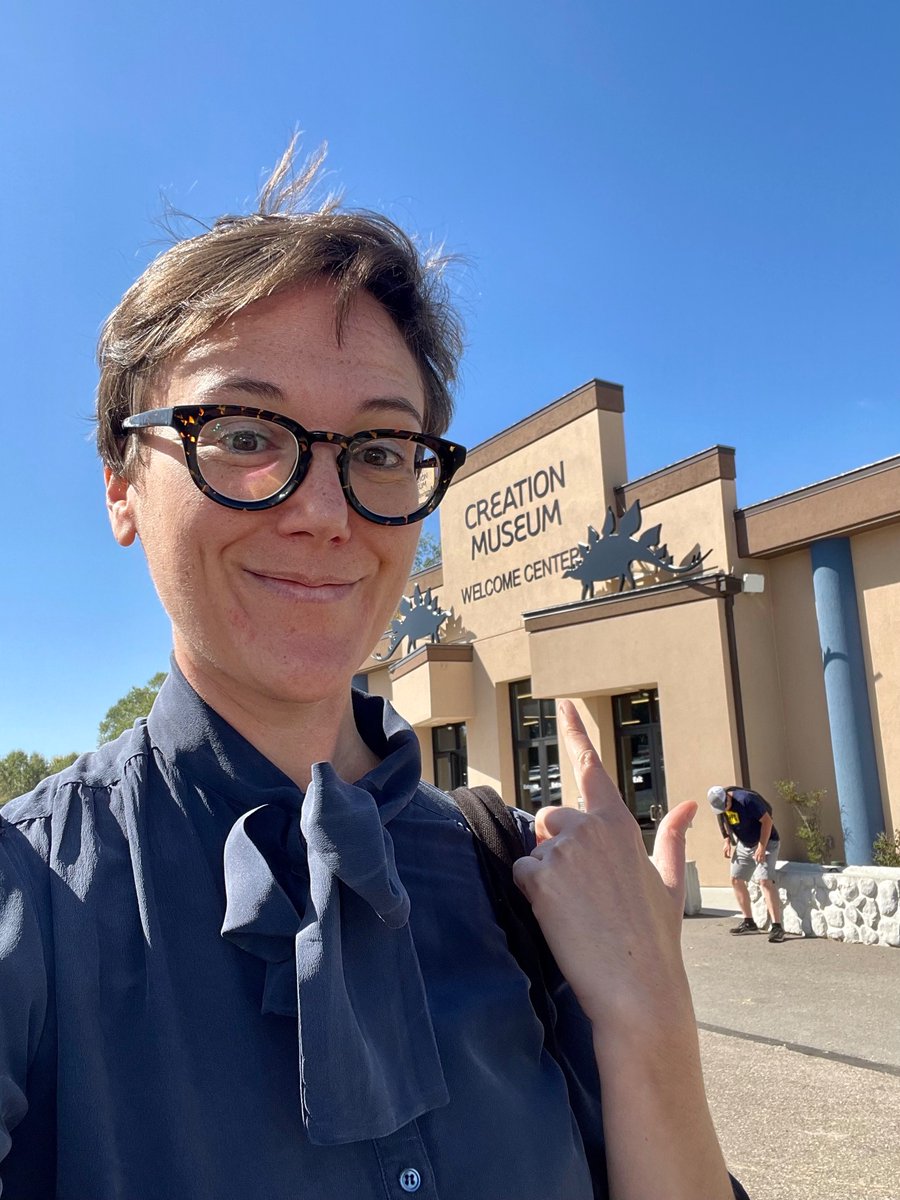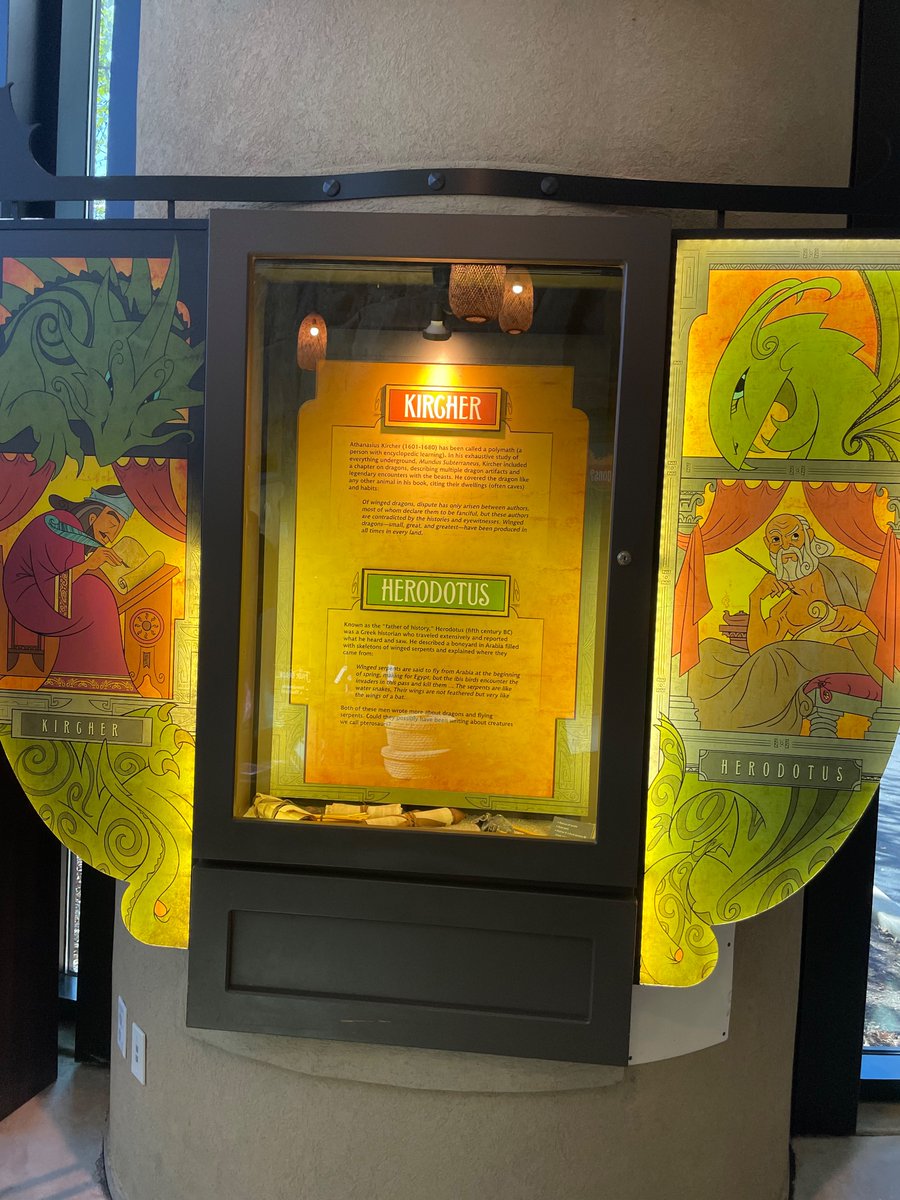The #Nok culture gave the world a glimpse of ancient Africa through their terracotta sculptures, which survived, buried in central #Nigeria, for 2,500 years. In return, we looted their sites and made a bunch of fakes, making it impossible to understand them. A thread. 
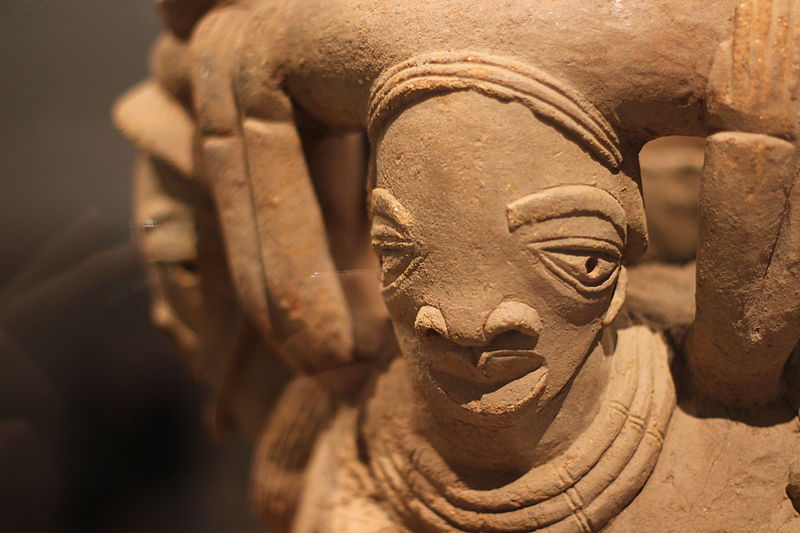
Distinct and stylized, Nok sculptures came to the attention of Western art lovers at almost the same moment Nigeria banned their export. But that didn't stop the art market. 







By the mid-'90s, two dealers employed 1,000 diggers to dig ancient sites, searching for Nok sculpture to sell. For more details, see: traffickingculture.org/encyclopedia/c…
The looting is ongoing - a major investigation was published last week: sueddeutsche.de/politik/raubku…
If you're buying a Nok sculpture today, you can't fool yourself that it wasn't looted. Unless, of course, you've been fooled yourself, since there are lots of ridiculous fakes for sale.
Only $5k for this piece that the Barakat Gallery calls "characterful and charming" and I call "like someone dropped an Egg McMuffin." 



If you want to drop $21,250 on eBay on something that's either fake or looted, well, you're in luck. 

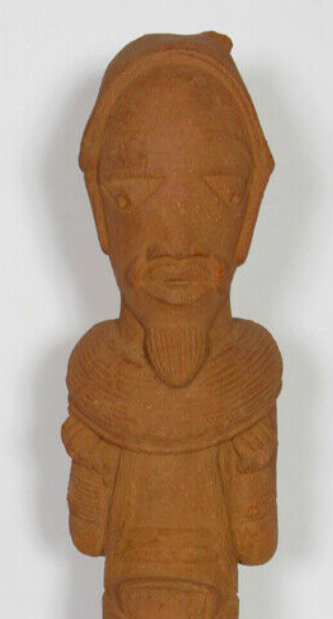

This thing comes with a lab report, so it can't be fake, right? Well, unless the lab report itself is also a forgery, which has been known to happen for Nok sculpture (e.g. nypost.com/2002/10/09/art…). 



The most infuriating part about the sales listings? They all talk about how mysterious and unknown Nok culture is. Why so mysterious? Because looters got to almost all of its sites before archeologists, destroying our chances to learn while filling our lust to own.
• • •
Missing some Tweet in this thread? You can try to
force a refresh



